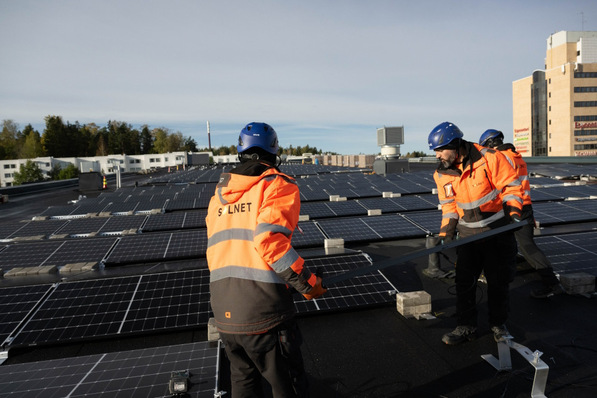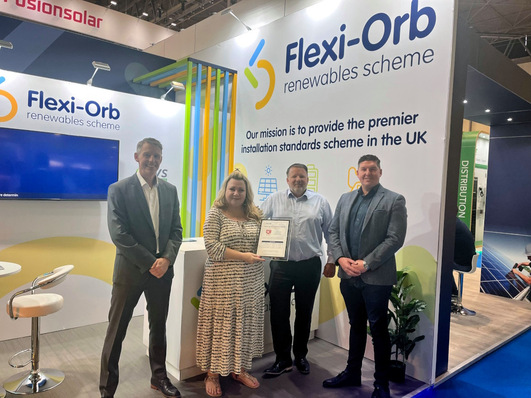“More than 3 GW of battery energy storage is forecast to be deployed in 2018, but uncertainty over supply constraints — and potential cost increases for Li-ion batteries — may create unexpected challenges”, Julian Jansen, senior analyst, energy storage, IHS Markit says.
South Korea overtakes the U.S.
2017 was a record year for deployment of grid-connected battery energy storage. The Asia-Pacific region exhibited the strongest growth, led by South Korea, Japan and Australia. The three largest markets in 2017, accounting for over half of all installations globally, were South Korea, the United States and Japan.
This continued market growth was backed by an impressive project pipeline for grid-connected energy storage. Annual grid-connected battery energy storage installations grew by 53 percent, reaching 1.9 gigawatts (GW) in 2017. While the geographic location of planned project activity is diversifying, the largest current pipelines are located in Australia, the United Kingdom, the United States and China.
Following are the four major battery energy storage pipeline global trends to watch in the coming year, according to IHS Markit.
- Solar-plus-storage co-location projects currently account for more than 40 percent of the total utility-side-of-meter pipeline, highlighting the future potential of this market.
-
The behind-the-meter segment will comprise more than half of annual installations, from 2023 onward. South Korea and Canada emerged as new key markets for commercial and industrial storage systems in 2017.
-
Battery energy storage is challenging gas-fired peaker plants to meet California’s capacity needs, leading to a significant increase in the outlook for large-scale energy storage in that state.
- New energy storage deployment targets, and the inclusion of storage in integrated resource planning across the United States, will drive future market growth across multiple states.
The global battery energy storage market gained significant momentum in early 2018. Emerging business models, such as gas-peaker replacement and renewable firming, have been successfully demonstrated, leading to a strong uptick in the global pipeline.
Encouraging policy developments
This strong industry growth follows a highly active first quarter, with the following encouraging policy developments presaging a bright future for storage:
- FERC Order No. 841 will remove key regulatory barriers for electricity storage to participate in wholesale markets across the United States, creating a level playing field for storage to access new revenue streams.
-
Irish grid operator EirGrid has published its consultation on the DS3 program, outlining potential six-year contracts that provide frequency response and reserve services to be launched in September 2018.
-
New York State set a target to deploy 1,500 megawatts (MW) by 2025, supported by more than $260 million in funding to accelerate industry growth.
- Austria launched a federal subsidy program for small-scale solar plus storage, while several states in Germany announced the introduction of support programs for residential battery storage. (HCN)
Stay informed, get our free newsletter twice a week. Subcribe here.
Read more about energy storage
Get to know the latest innovations in energy storage. Join our pvGuided Tours at The smarter E/ees Europe in Munich, register here.
More useful information:
http://www.pveurope.eu/News/Energy-Storage/Installed-lithium-ion-battery-costs-below-USD-200-per-kWh
https://www.pveurope.eu/solar-storage/energy-storage-market-double-six-times-2030







